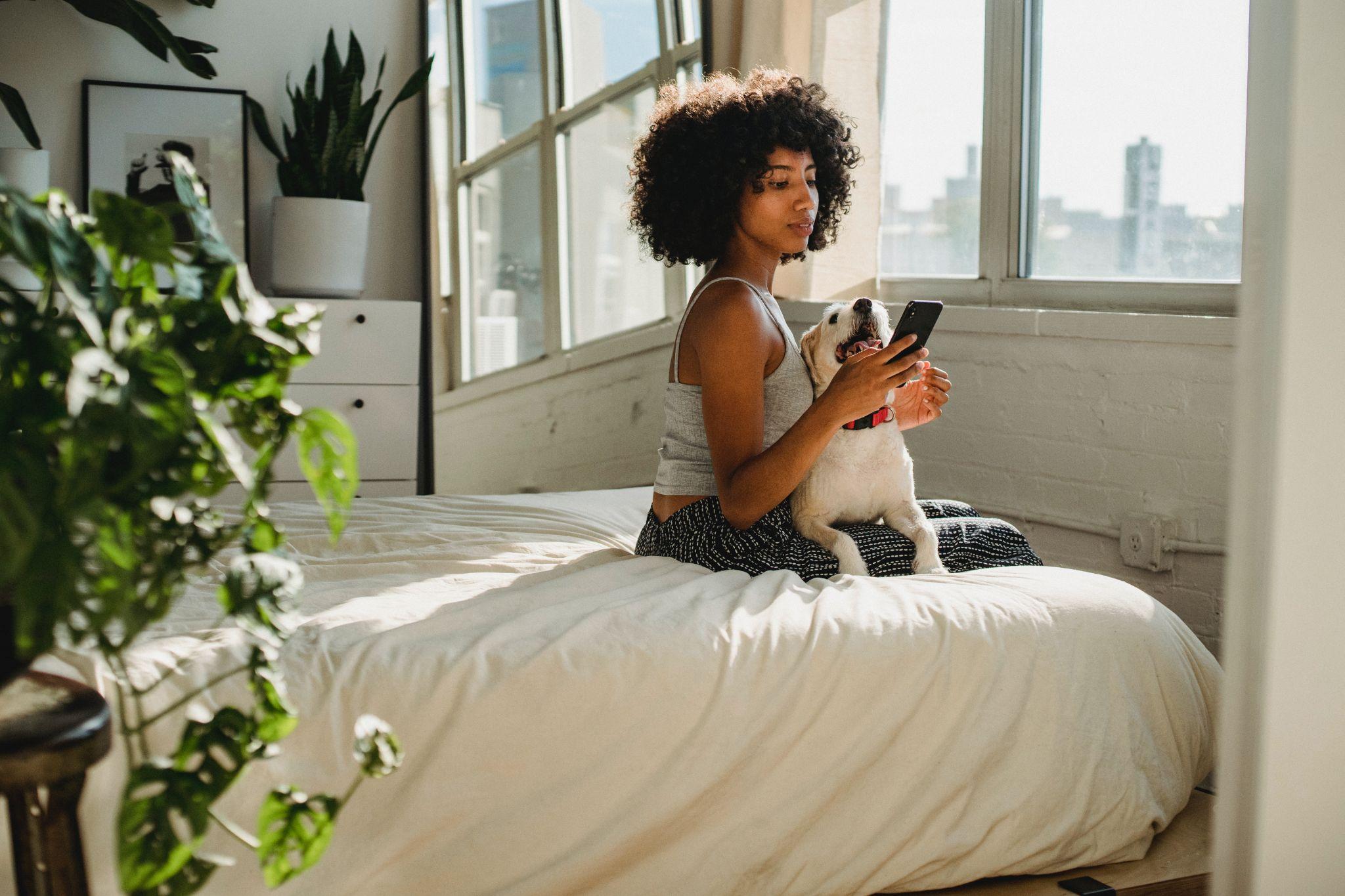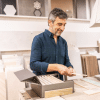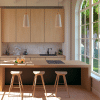Our homes, to our pets, are havens of warmth, security, and love. However, nestled in this comfort are potential hazards that often go unnoticed. From mold to toxic plants and hazardous household items, these hidden dangers could put our pets’ health at risk.
The Silent Spread: Mold in Your Home
Among the myriad of hidden hazards, mold poses a particular risk. Often thriving in damp, warm environments, it can quietly grow in unnoticed corners of your house, potentially causing health problems for your pets. It’s important to stay vigilant about areas where mold could potentially grow and to clean mold properly at the earliest sign of it.
Beware of Greenery: Toxic Houseplants
Houseplants often contribute to a home’s aesthetic appeal, but many popular plant varieties can pose serious risks to pets if consumed. Make sure you know which plants are pet-friendly before bringing greenery into your home. Many common ornamental plants such as Daffodils and lilies can be dangerous to dogs when eaten, so be sure to keep them out of reach.
Cleanliness with Caution: Household Cleaners
In our quest for a sparkling clean home, the hidden danger in many household cleaning products can be easy to overlook. From bleach to ammonia, these products contain harsh chemicals that can harm pets if inhaled or ingested. Be sure to look for pet-friendly ingredients when choosing your household cleaners.
Hidden Choking Hazards: Small Objects and Toys
Curiosity is part of what makes our pets so adorable. However, it can also lead them to small objects and toys that pose a choking hazard. Regular home checks can help keep your pet safe from these risks.
Kitchen Threats: Everyday Foods and Items
Many foods we regularly enjoy can be toxic to pets. Everything from chocolate and caffeine to certain types of nuts and even certain fruits can lead to serious health issues in pets.
Grapes and raisins can cause kidney failure in dogs, while foods high in fat, like bacon or fatty meat scraps, can lead to pancreatitis. Certain artificial sweeteners found in sugar-free products can cause rapid insulin release, leading to liver failure. Always keep these foods out of reach and avoid feeding your dog scraps from the table.
Warm and Hazardous: Fireplace and Heater Risks
Dogs often enjoy lying near the fireplace or heater to stay warm, but these areas can present burn risks. Always supervise your dog when a fire is lit or a heater is on, use a fireguard to prevent accidents, and train your dog to stay a safe distance away.
Practical Pet-Proofing: Making Your Home Safer
Identifying potential hazards is only the first step in creating a safer home for your pets. Regular maintenance and pet-proofing efforts – including checking for mold, securing dangerous foods, and creating pet-safe zones in your house – can go a long way in ensuring a hazard-free environment for your beloved pets.
Mind the Wires: Electrical Cords and Cables
Often strewn about, within a paw’s reach, electrical wires present another significant hazard. Pets, especially Maltese puppies and kittens, tend to hide in tight areas and may chew on them, leading to burns or even electrical shock. Use cord covers and keep unnecessary wires out of sight to prevent these accidents.
Beware of Window Dangers: Blinds and Cords
Window blinds, while enhancing your home’s aesthetics and privacy, can potentially be harmful. The cords used for adjusting blinds could result in strangulation if pets get tangled in them. To prevent this, you could secure the cords out of reach or consider investing in cordless blinds.
Prioritize Regular Home Maintenance
Beyond identifying potential hazards, creating a safer home for pets involves regular maintenance and pet-proofing efforts. Check for mold, especially if you live in a humid climate or have experienced any leaks or floods, and ensure that houseplants, cleaning products, and personal items pose no risk to your pet. Also, be vigilant about small objects that your pet could swallow, and keep dangerous foods out of reach.
Invest in Pet-Friendly Home Improvements
To ensure your home is the safe haven your pet deserves, consider investing in pet-friendly home improvements. These could range from pet-safe flooring and secure outdoor fencing, to chew-resistant furniture and natural, toxin-free cleaning products.
Educate Your Household
Lastly, make sure everyone in your home is aware of these hazards. Educate them on what is safe for pets to eat, how to store potentially harmful items securely, and the importance of keeping doors and windows closed to prevent escapes.
Conclusion: A Safe Home is a Happy Home
The well-being of our pets is paramount. While our homes are sanctuaries for our furry companions, they can also house potential dangers that are harmful to them. However, by understanding these hidden hazards and taking the necessary steps to mitigate them, we can ensure that our pets live in a safe, comfortable, and loving environment. A safe pet is a happy pet, and a happy pet leads to a contented household.








